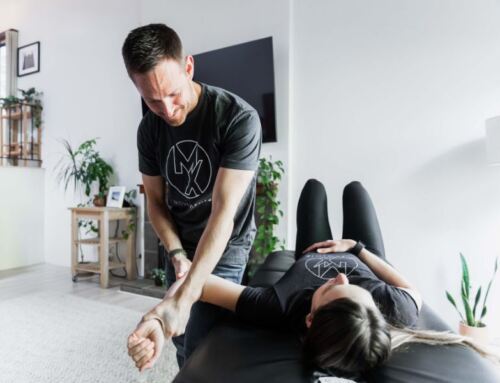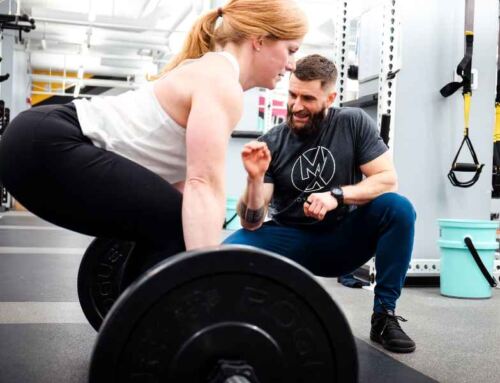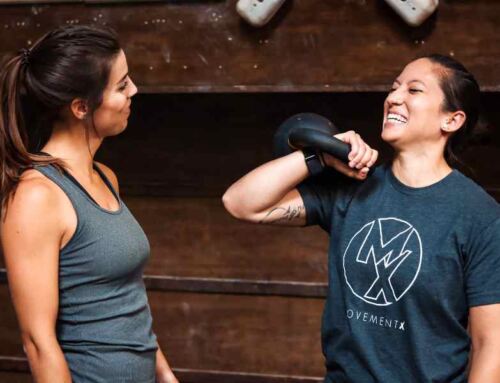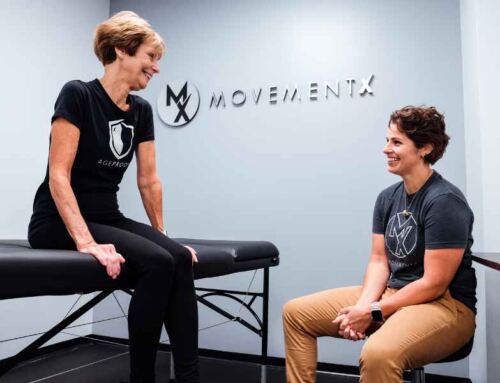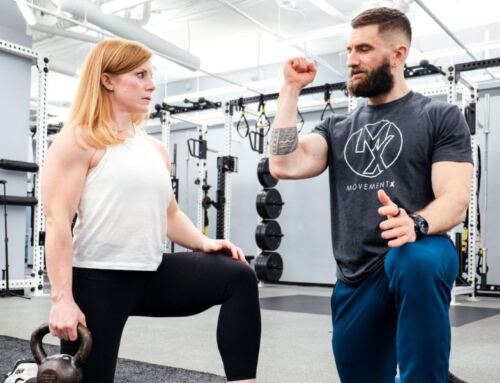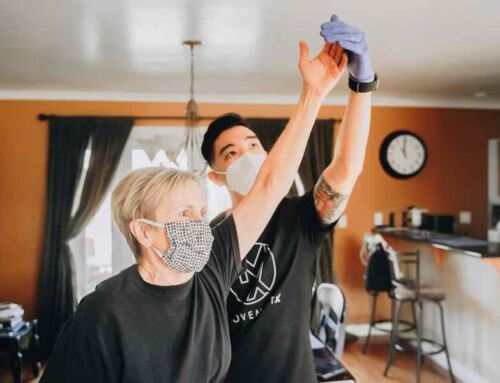The Benefits of Manual Therapy
From decreasing chronic pain and mobilizing stiff joints to relaxing tight muscles, there are many benefits to manual therapy, and it continues to be an effective means of care for both patients and practitioners.
Discover the benefits of manual therapy and how MovementX providers use this technique along with other treatments to help you decrease pain, improve strength, and move better.
What Is Manual Therapy?
Manual therapy focuses on hands-on techniques to help increase joint mobility, relax tight muscles or tissues, and decrease pain. Sometimes referred to as “body work,” manual therapy includes soft tissue work such as therapeutic massage and joint mobilizations (including joint adjustments or manipulations) to help your muscles, fascia, lymphatics, and neurovascular systems to better function.
Manual therapy can include techniques like trigger point release, cupping, spinal mobilization, lymphatic massage, ASYTM, Graston, dry needling, and myofascial release (with or without instrument assistance).
Often used in conjunction with an evaluation of body mechanics and exercise programming, advanced physical therapy techniques including targeted manual therapy can be extremely beneficial in optimizing effective body movements.
Benefits of Manual Therapy
In addition to its effectiveness in decreasing pain and improving mobility, manual therapy is also employed to evaluate, identify, and treat an assorted number of symptoms and conditions.
The benefits of manual therapy include:
- Increased blood flow to tissues and joints
- Improved joint mobility
- Supported muscle flexibility
- Reduced fascial and visceral restrictions
- Modulation of pain
- Improved tissue stability and repair
- Reduced soft-tissue inflammation
- Decreased muscle spasms
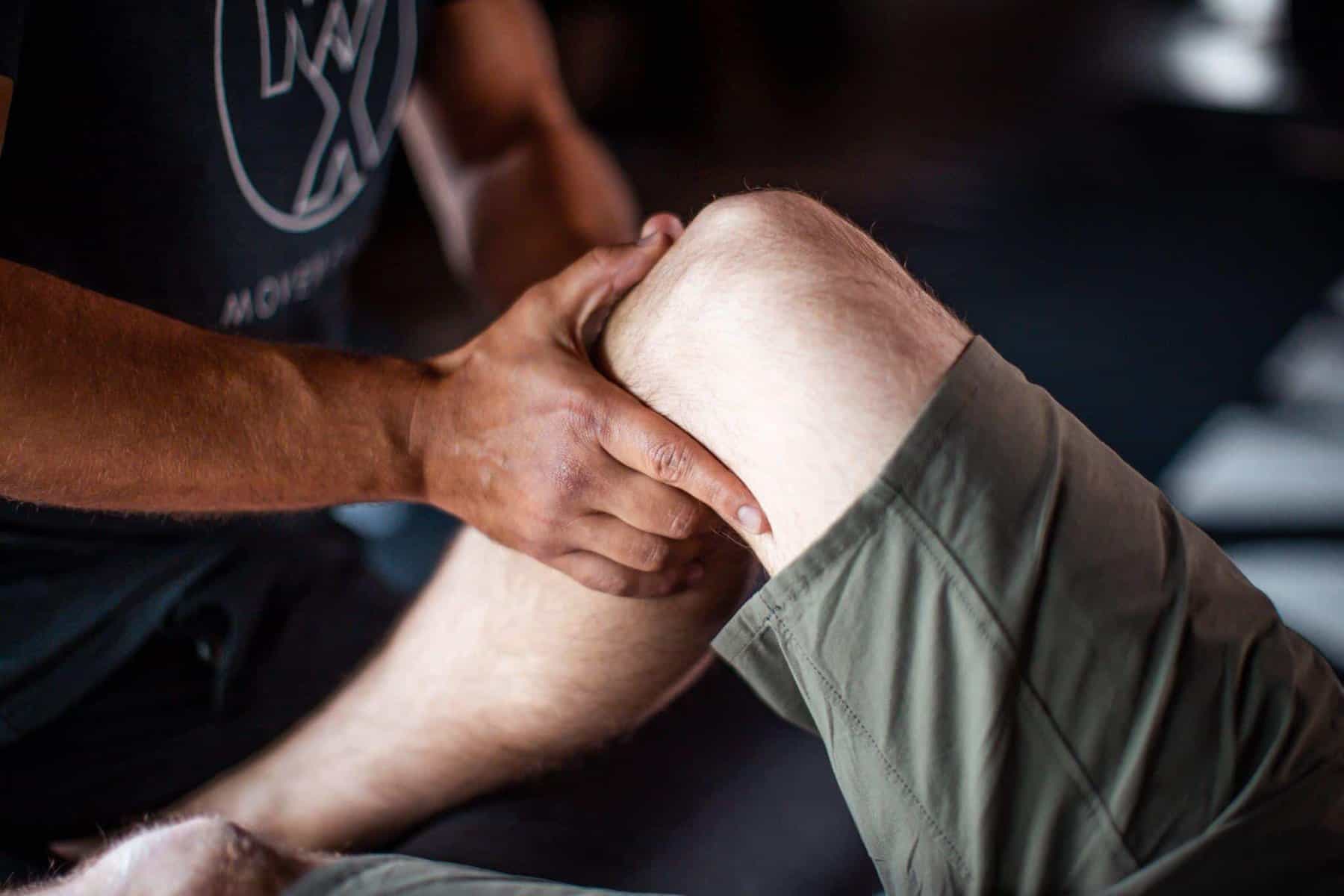
Manual Therapy Techniques
Manual Joint Mobilization
Joint Mobilizations utilize targeted pressures of varied intensities focused on the joint and applied to help improve range of motion in particular directions of restriction and/or modulate pain. These are usually small and slower movements in a particular direction within their current range or pushing the edge of their existing limit.
Manual Joint Manipulation
Joint Manipulations, on the other hand, involve a quick, small movement to the joint that often provides immediate pain relief and focuses on moving beyond the joint’s current and likely limited range of motion. These movements are commonly associated with audible “cracks” or “pops,” called cavitations. The purpose of both joint mobilization and manipulation are to increase joint mobility and improve range of motion. Both passive movement focused, they work to improve blood flow within the joint and create pain-free range of motion.
Manual Soft Tissue Therapy
You’re probably most familiar with manual soft tissue therapy as “massage,” but in professional physical therapy, the manual therapy of soft tissue includes more than just a feel-good rub. Applying pressure to the skin, muscles, tendons, ligaments, fascia and even visceral mobilization provides many beneficial effects for various conditions.
The most common manual soft tissue therapy techniques include:
- Deep tissue massage
- Sports and therapeutic massage
- Manual lymphatic drainage
- Myofascial release
- Trigger points release
- Neural mobilization
- Visceral mobilization and manipulation
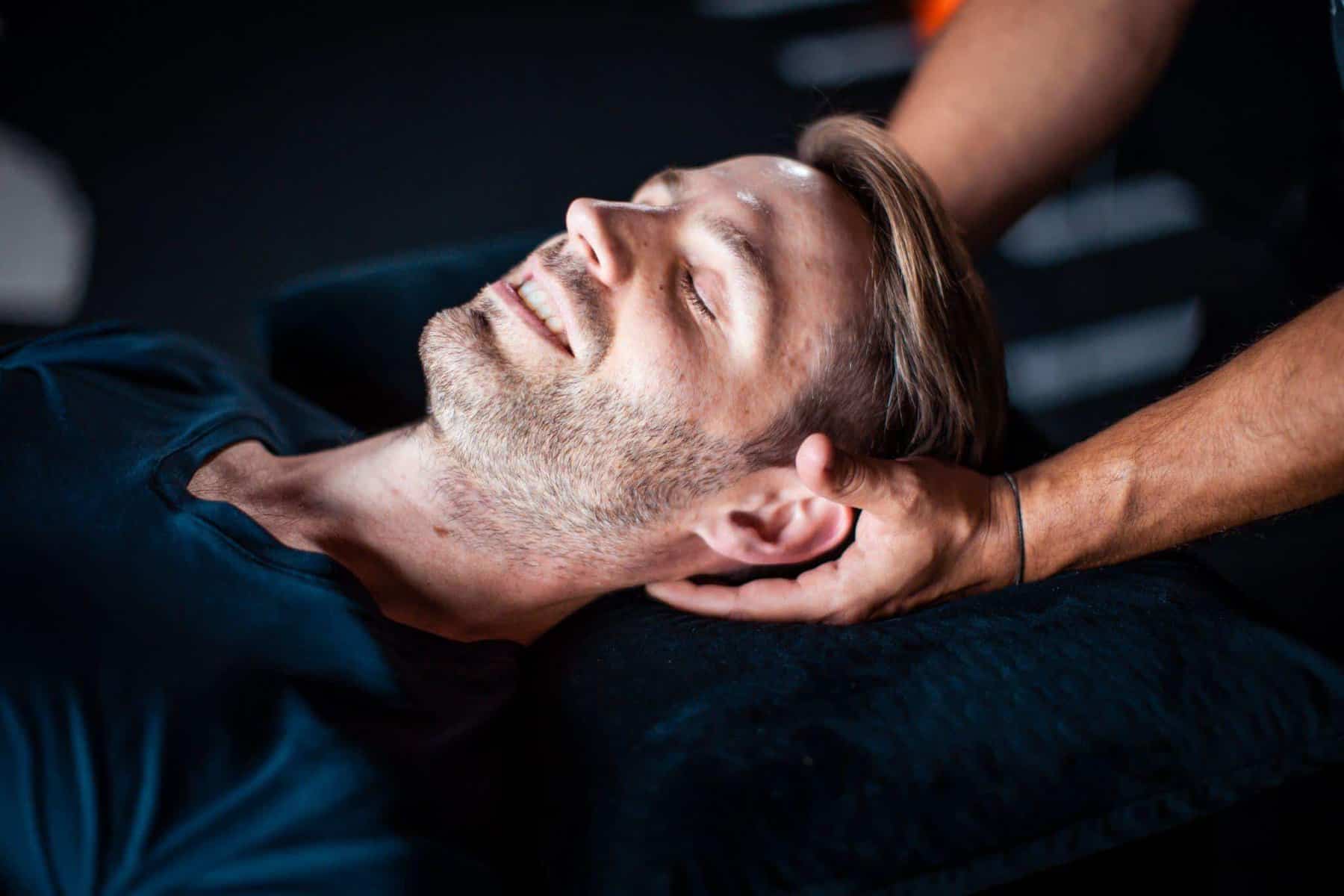
MovementX Services
Combining manual therapy techniques with movement analysis and exercise programming, MovementX providers can effectively and efficiently help you recover from injury, increase strength, or optimize your body’s mobility and function.
Our carefully crafted sessions with specialist doctors of physical therapy—including orthopedic physical therapy specialists accessible for in-home physical therapy appointments—are composed of manual therapy, movement analysis, and exercise programming tailored to your body’s needs.
Learn more about MovementX physical therapists and book your session today!
About the Author
Dr. Julie Johnson is a physical therapist in the Fairfax, Virginia region. Among Julie’s specialties are Pediatrics (and Pediatric Athletes), Orthopedics, Running Analysis, and Post-Operative Care. Julie is also certified in Blood Flow Restriction therapy (Owens Recovery) and Sportsmetrics™. Beyond her practice, Julie loves activities from hiking, to sports, and also has a love for animals, coffee and warm weather.



